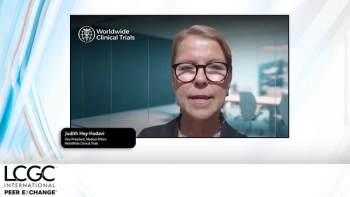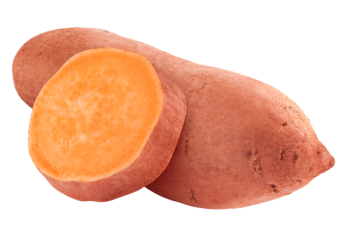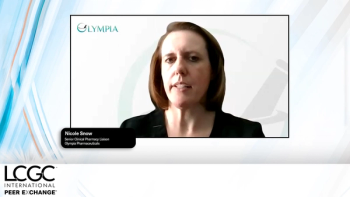
Micropacked columns for gas chromatography
Shinwa Chemical Industries? micropacked GC columns are designed to provide rapid analyses of mixtures of permanent and light hydrocarbon gases.
Shinwa Chemical Industries’ micropacked GC columns are designed to provide rapid analyses of mixtures of permanent and light hydrocarbon gases. According to the company, the columns can be used in capillary GC and GC/MS systems, and enable analyses of permanent gases without cryogenic cooling. In addition, the columns are not affected by water vapor in samples (water is not eluted as a peak), have higher loading capacities than PLOT capillary columns, possess excellent thermal stability, and are rapidly equilibrating.
Shinwa Chemical Industries, Ltd., Kyoto, Japan
Website:
E-mail: info@ shinwa-cpc.co.jp
Newsletter
Join the global community of analytical scientists who trust LCGC for insights on the latest techniques, trends, and expert solutions in chromatography.





